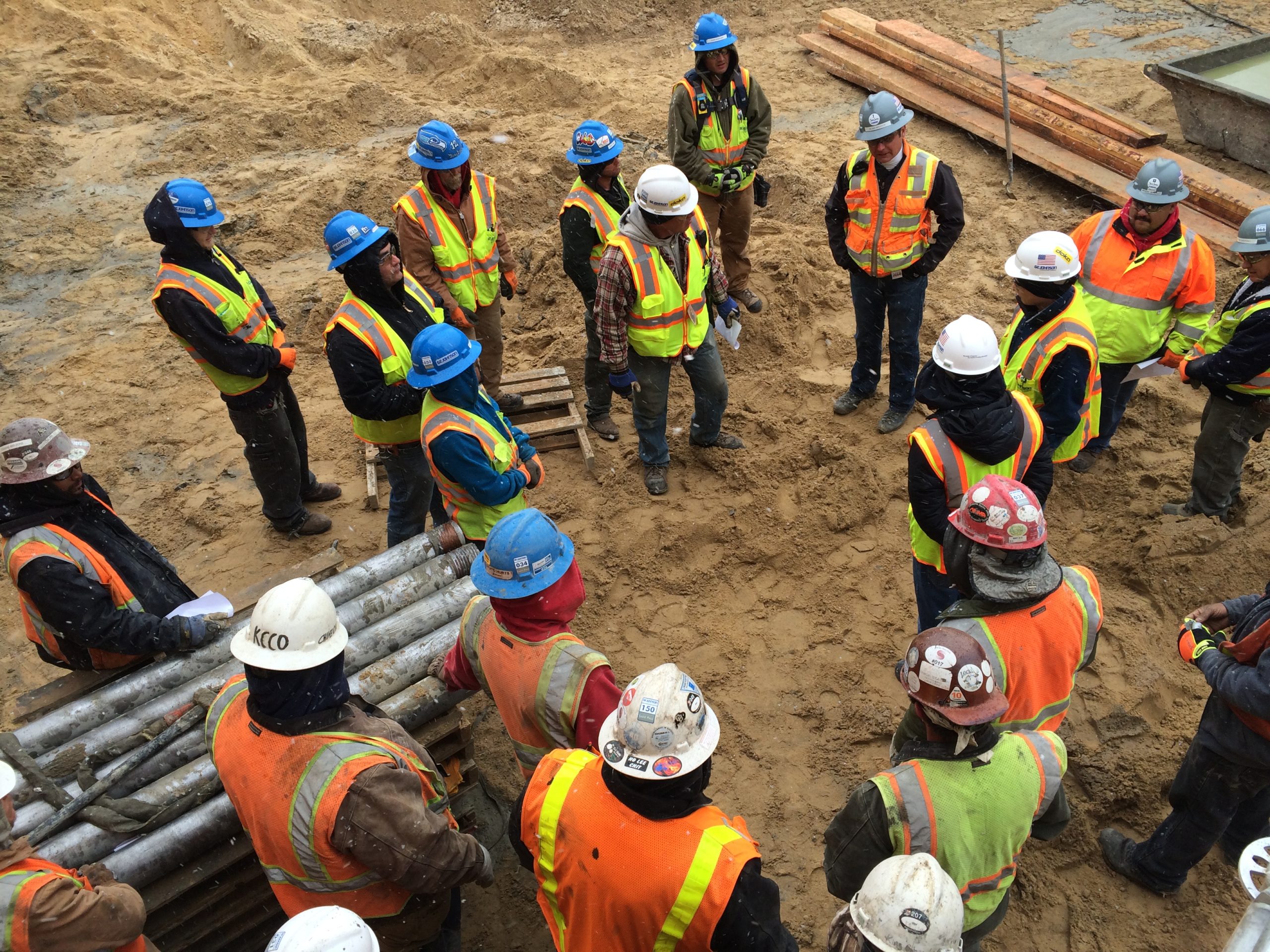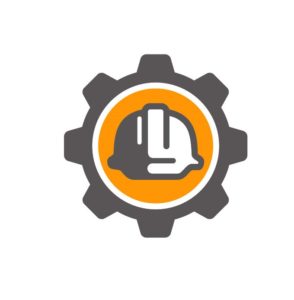Forms, Forms, Forms
Stopped at Tim’s, grabbed an extra large cause today you got a new guy starting and you have to show him around. Hurry and get to site as you want to have an extra few minutes to plan your day (this foreman thing is harder than you thought). Half hour later, you’ve got the tailboard wrote out and your ready to get busy. Both crew and new guy arrive and after intros you start the tailboard review with the crew.
You run through the tasks that you want the crew to do, what the hazards are and the controls. You make sure and tell the lead hand that he’ll have a green guy so watch out for him. Everyone signs off on the tailboard without a second glance, except Joey, the new guy. After taking the time to read the tailboard, he has some questions.
🅪Surfaces 🅪Tools and Equipment
What does it mean when you check off the Surfaces checkbox?
That’s checked off because it’s dry enough today to work, you reply.
But I noticed there’s a few spots that are lower and rutted , so I can’t go over there?
No, it just means that in general the area is ok.
Ok then, so it doesn’t really mean anything, it’s just checked off everyday?
Ya, pretty much.
Tools and Equipment is checked off too, is that the same thing?
Yup, ok let’s get to work, go catch up with your crew!
Inspection Time
Joey grabs his new green hard hat and heads out to site to find the crew lead, Jim, whose busy reviewing the prints and has the other crew members busy staging material for the day.
Hi there, I’m Joey.
Ya I know, I’m Jim, let’s get going. I need you to grab the skidsteer and help the guys break the bundles and spread the material where we need it. You’ve operated a skidsteer before, right?
I got my certificate last week but it was using a different brand than this one.
Good enough, have at it. I’ll be back in a bit, I have to check on the framers before we start pouring this afternoon.
Jim walks away and Joey heads back to the site office looking for skid steer inspection form. He looks through the safety binder and can’t find a form that is for specific to the skid steer so he takes the “Equipment Inspection” form and heads back out. Twenty minutes later, he’s back in the office. You get off a call and ask Joey why he’s sitting there.
I can’t use the skid steer because it failed on the inspection.
What’s wrong with it, we just got it serviced?
Well, the capacity plate is damaged and I can’t read it, the operators manual isn’t in it and the fire extinguisher tag is missing.
That’s it? Get your butt back out there and get busy! Those things are no big deal!
So it doesn’t matter about the checklist?
Not for things like that.
So what things do matter?
GO!
Does this matter?
This scenario plays out daily at sites everywhere. The new guy, eager to please, actually looks at the tailboard and inspection forms and tries to do the right thing by asking about items that are “checked” off. It’s entertaining to watch the foreman’s reaction as the newbie continues to ask if certain items matter.
The foreman is put in a position where he has to explain why the actual field operations don’t mirror the orientation presentations. The orientation says that there has to be equipment inspections and that equipment must be tagged and removed from service if items are deficient when reviewing the checklist. However in the field, there is a degree of acceptance for using tools and equipment that may not allow all the checklist items to be checked off.
Experienced employees have been subjected to “What’s acceptable” at the company’s operations. This may vary depending on the crew, foreman or client. Though not readily admitted, it happens frequently. Disagree? When was the last time you parked a piece of equipment because the capacity plate/decal was illegible?
Let’s focus.
What’s the criteria for determining if a checklist item is a showstopper? What items on your tailboard or checklists can fail without having to tag out a piece of equipment or tool?
Maybe we have to take an annual look at our forms and see if the item is really required and actually will be applied at site.
Look at completed forms, looking to see if certain items were consistently checked off as NA or left blank. This indicates that the form isn’t really developed for your activities or isn’t being used properly.
Maybe your generic one page “Inspection Report” form with 86 checkbox items should be scrapped and specific forms developed for individual pieces of equipment. The value of the inspection will increase as you’ll be able to focus on key items that will affect the safe operation of that piece and your employees will have to ask less questions to determine if an item matters!
If it’s there, it matters. Defective items will be identified and corrected sooner, assigned corrective actions will show that the inspections and follow-up to these are part of a system as opposed to simply checking items off or ignoring them because the form doesn’t fit.



0 Comments